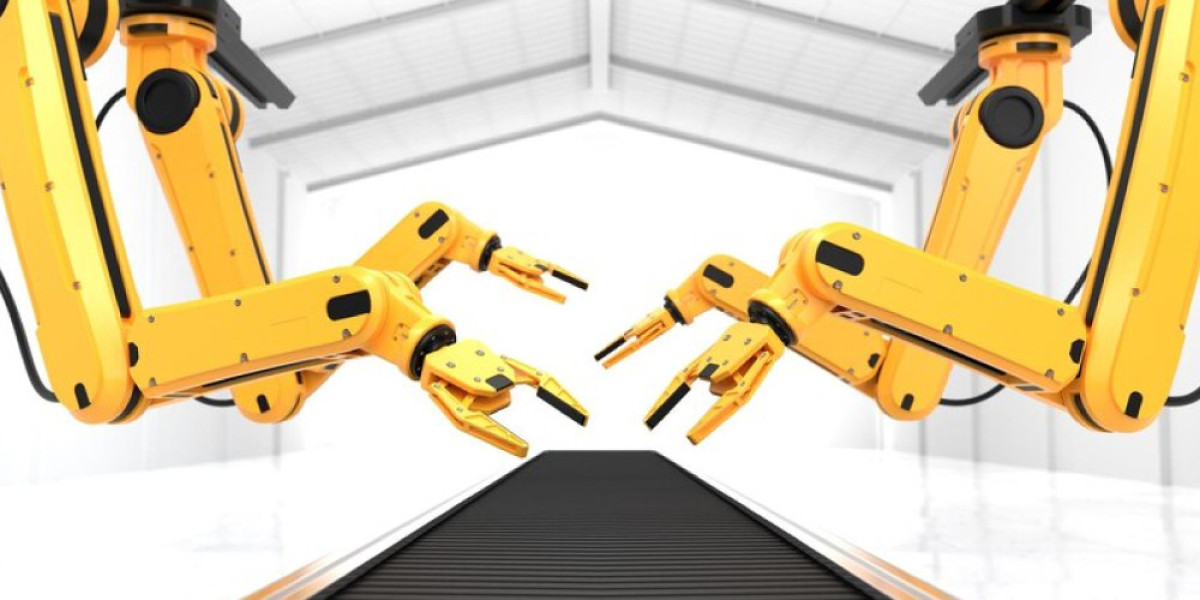As Per Market Research Future, the latest CO₂ Laser Market trends indicate a growing preference for precision material processing lasers in various sectors. The trend towards automation and smart manufacturing is driving the demand for advanced laser technologies that can enhance productivity and quality. Additionally, the increasing use of CO₂ lasers in medical applications, such as surgical procedures and dermatology, is expanding their market presence and showcasing their versatility.
The CO₂ laser market has emerged as a pivotal segment within the global laser technology industry, driven by its diverse applications across manufacturing, healthcare, and research sectors. CO₂ lasers, characterized by their high-power infrared emissions, offer exceptional precision in cutting, engraving, welding, and marking materials ranging from metals and plastics to textiles and ceramics. Unlike other laser types, CO₂ lasers are particularly valued for their efficiency in material processing, low maintenance requirements, and ability to operate at high speeds, making them indispensable in modern industrial and medical practices.
Market Dynamics
The growth of the CO₂ laser market is fueled by multiple factors, including advancements in industrial automation, increasing demand for precision manufacturing, and the rising adoption of laser technology in healthcare. Industrial sectors, such as automotive, aerospace, electronics, and construction, have increasingly integrated CO₂ lasers for cutting complex shapes, welding components with precision, and enhancing product quality. In parallel, medical applications, including dermatology, dentistry, and ophthalmology, benefit from CO₂ lasers for non-invasive procedures, tissue ablation, and surgical precision.
Technological innovation has played a crucial role in expanding the scope of CO₂ lasers. Modern systems offer enhanced beam quality, reduced energy consumption, and improved safety features, enabling manufacturers to operate efficiently while maintaining high standards. Furthermore, the integration of computer numerical control (CNC) systems with CO₂ lasers allows for fully automated operations, reducing human intervention and minimizing errors.
Market Segmentation
The CO₂ laser market can be segmented based on type, application, end-use industry, and geography. Types of CO₂ lasers include sealed-off and flowing gas lasers, each offering distinct advantages in terms of power output and operational stability. Applications range from cutting, welding, engraving, and marking to medical surgeries and research purposes. The end-use industries encompass automotive, aerospace, electronics, healthcare, and defense, reflecting the laser's versatility.
Geographically, North America and Europe currently dominate the CO₂ laser market due to advanced manufacturing infrastructure and high adoption of automation technologies. However, Asia-Pacific is rapidly emerging as a growth hotspot, driven by expanding industrial sectors, increasing disposable income, and government initiatives promoting technological innovation.
Trends and Innovations
One notable trend in the CO₂ laser market is the integration of hybrid technologies. Combining CO₂ lasers with fiber lasers or other cutting-edge systems enhances versatility, allowing manufacturers to process a broader range of materials efficiently. Additionally, there is a growing focus on energy-efficient laser systems, which reduce operational costs while aligning with global sustainability initiatives.
Another key trend is the adoption of smart manufacturing solutions that incorporate Internet of Things (IoT) and artificial intelligence (AI) technologies. These smart CO₂ laser systems can monitor operational parameters in real-time, predict maintenance requirements, and optimize performance, ultimately improving productivity and reducing downtime.
Challenges and Restraints
Despite its numerous advantages, the CO₂ laser market faces certain challenges. High initial investment costs, the need for skilled operators, and complex maintenance procedures can act as barriers for small and medium-sized enterprises. Additionally, competition from alternative laser technologies, such as fiber and diode lasers, may impact market growth in specific segments. Nevertheless, ongoing research and development efforts continue to address these limitations, paving the way for broader adoption.
Future Outlook
The CO₂ laser market is poised for steady growth in the coming years, driven by continuous technological advancements, expanding industrial applications, and increasing awareness of laser-based solutions in healthcare. With industries seeking more efficient, precise, and automated manufacturing processes, CO₂ lasers are expected to play a transformative role in shaping the future of industrial operations and medical practices globally.
FAQs
Q1: What industries benefit the most from CO₂ lasers?
A1: Automotive, aerospace, electronics, healthcare, and manufacturing industries leverage CO₂ lasers for cutting, welding, engraving, and medical procedures.
Q2: What are the main advantages of CO₂ lasers over other laser types?
A2: CO₂ lasers provide high precision, faster processing speeds, energy efficiency, and versatility in handling a wide range of materials.
Q3: Are CO₂ lasers suitable for medical applications?
A3: Yes, CO₂ lasers are widely used in dermatology, dentistry, ophthalmology, and surgical procedures due to their non-invasive and precise nature.
More Related Reports:



